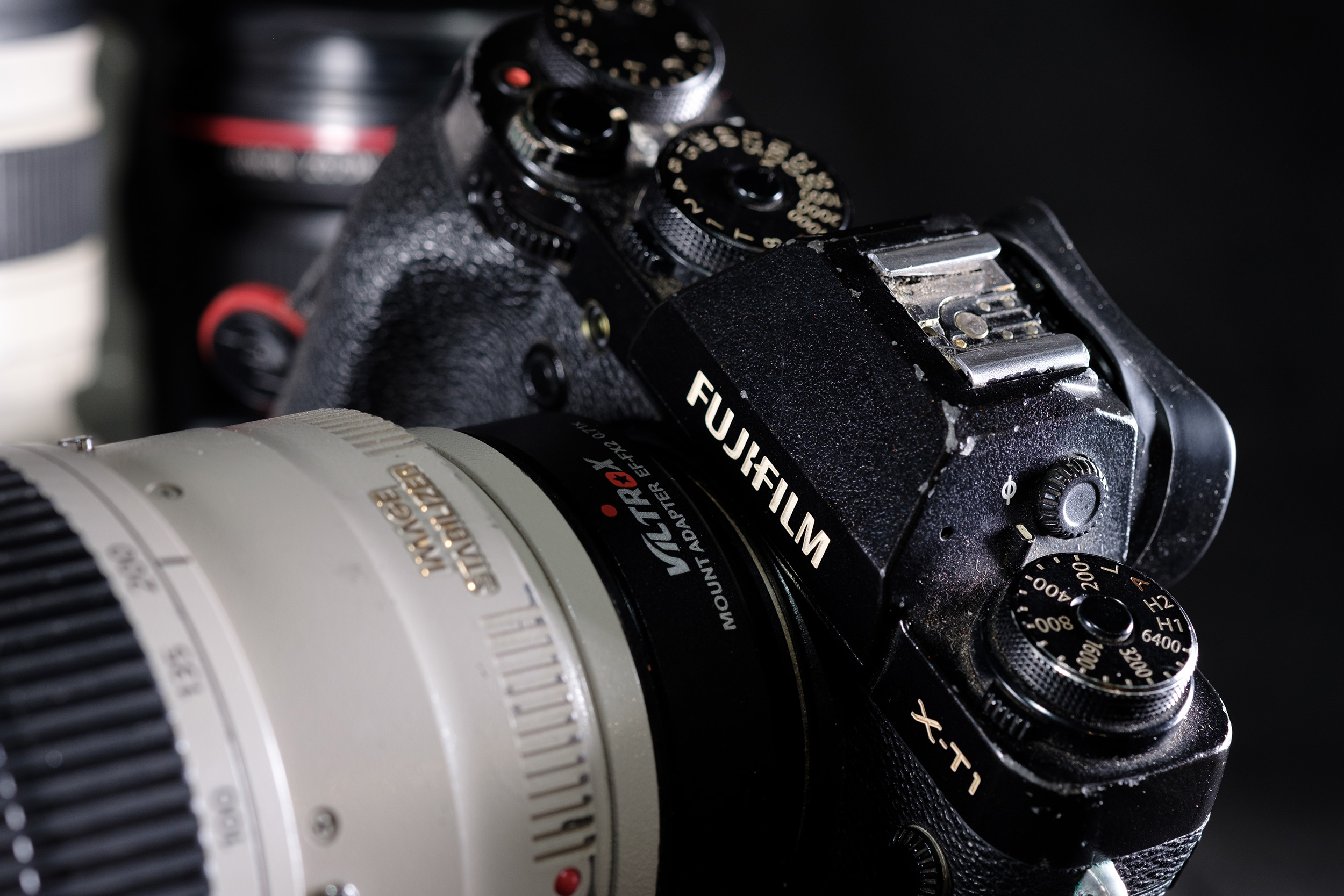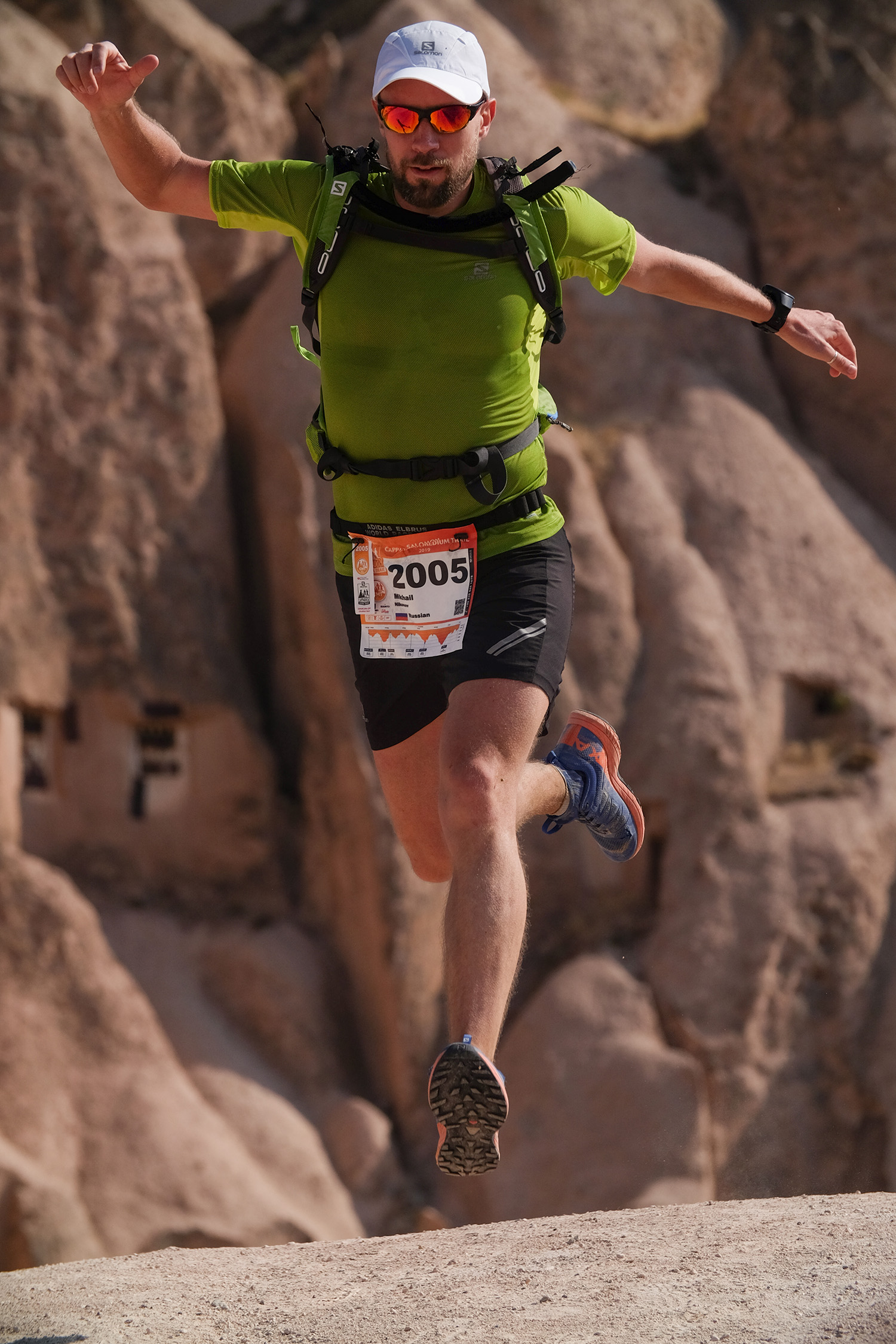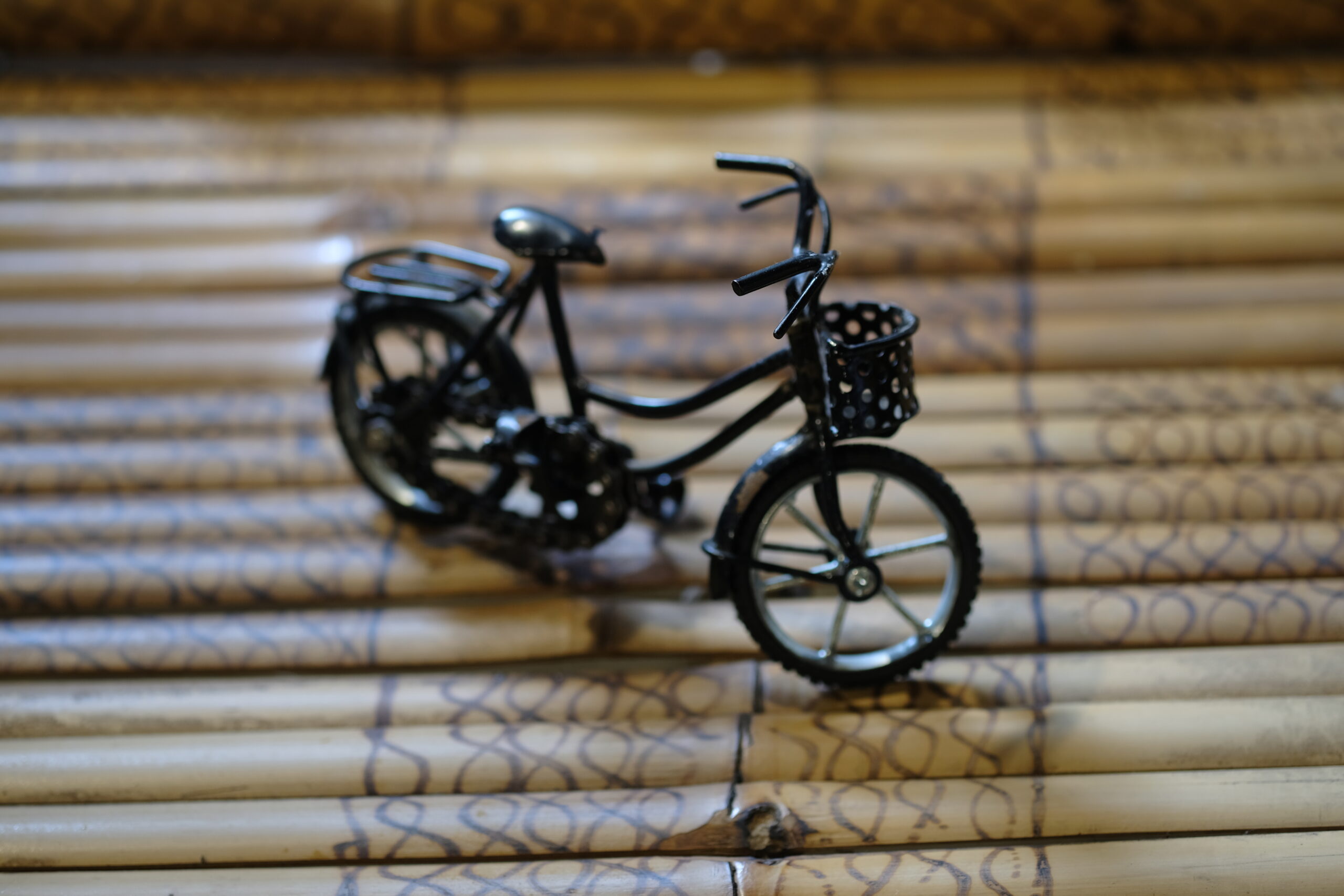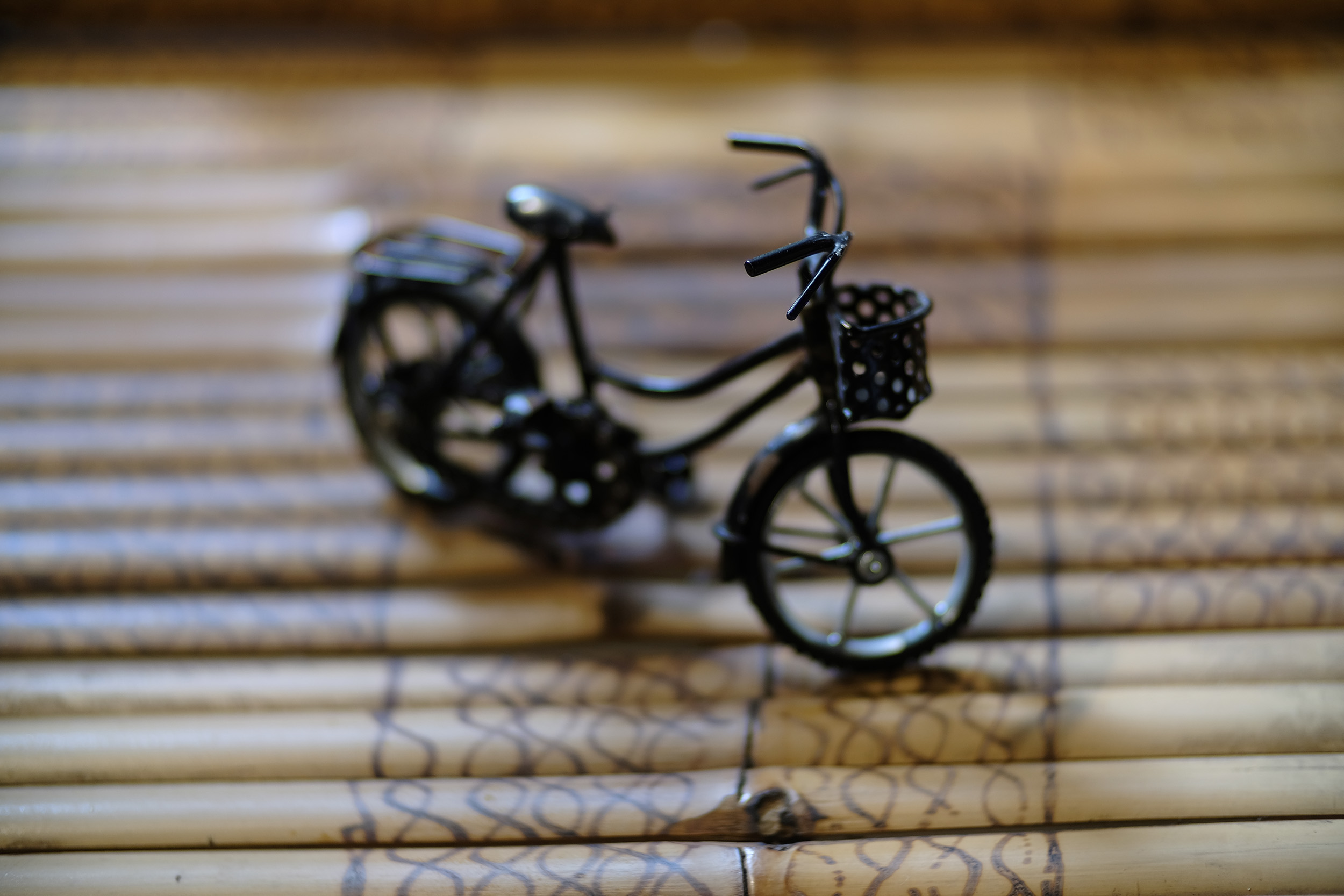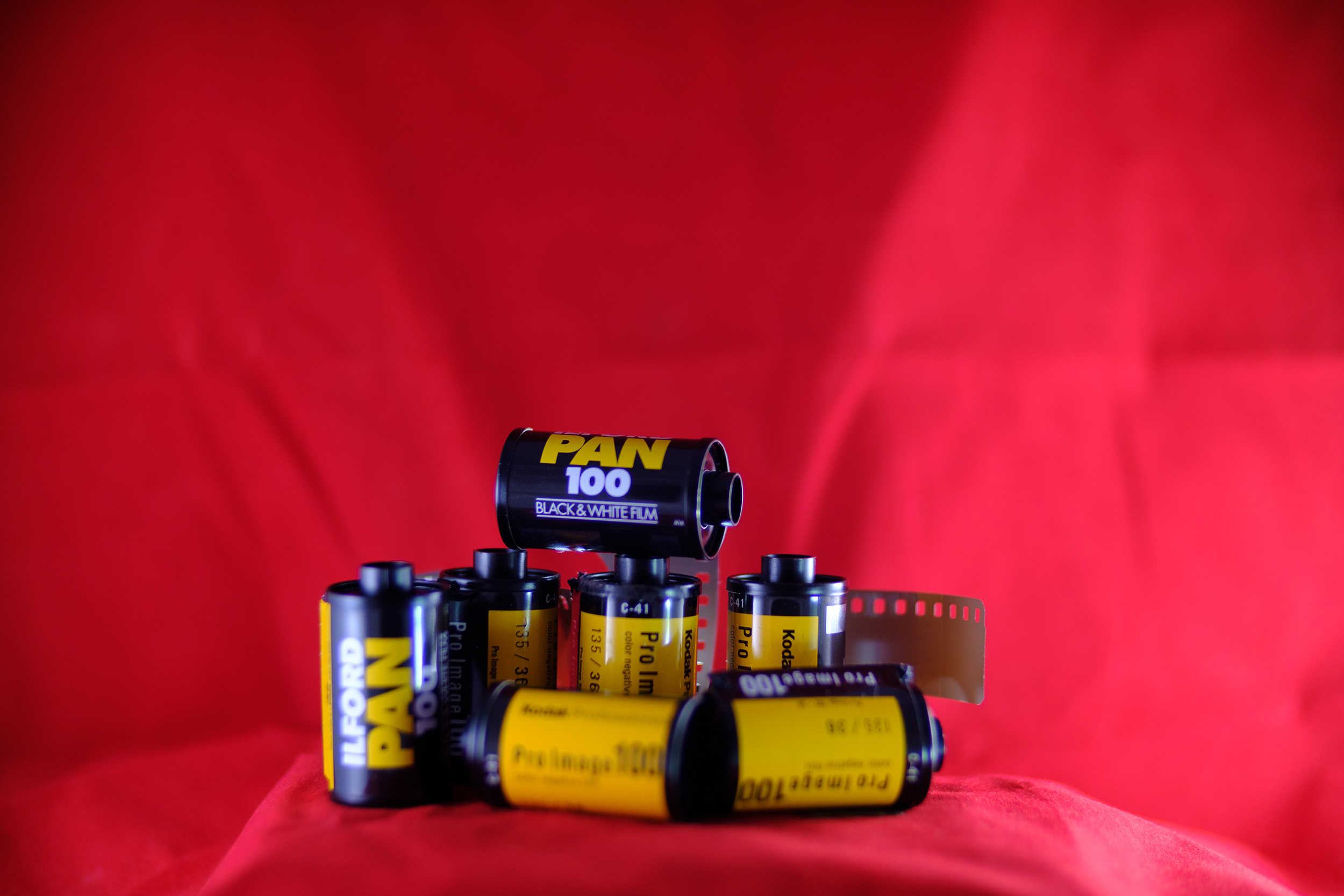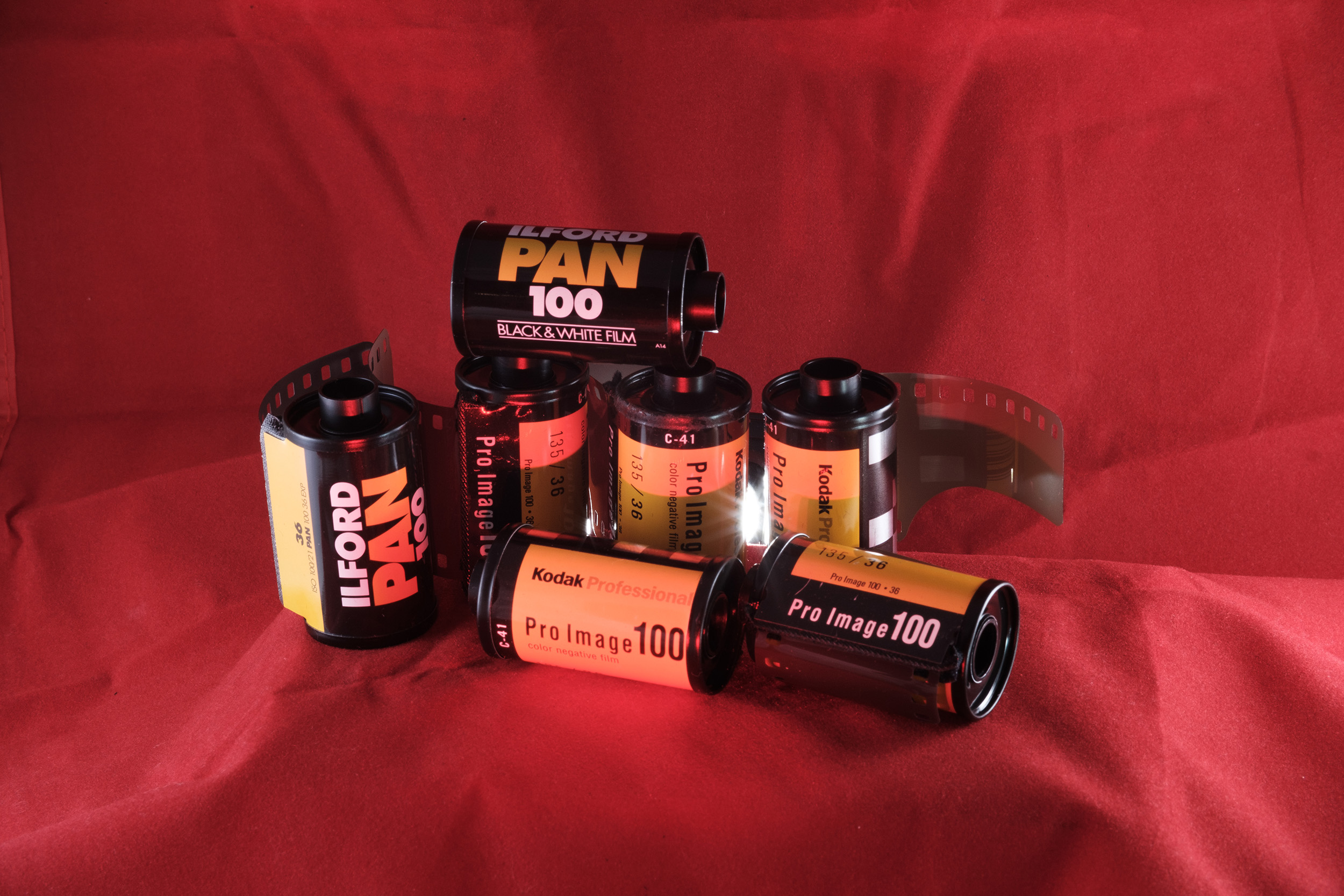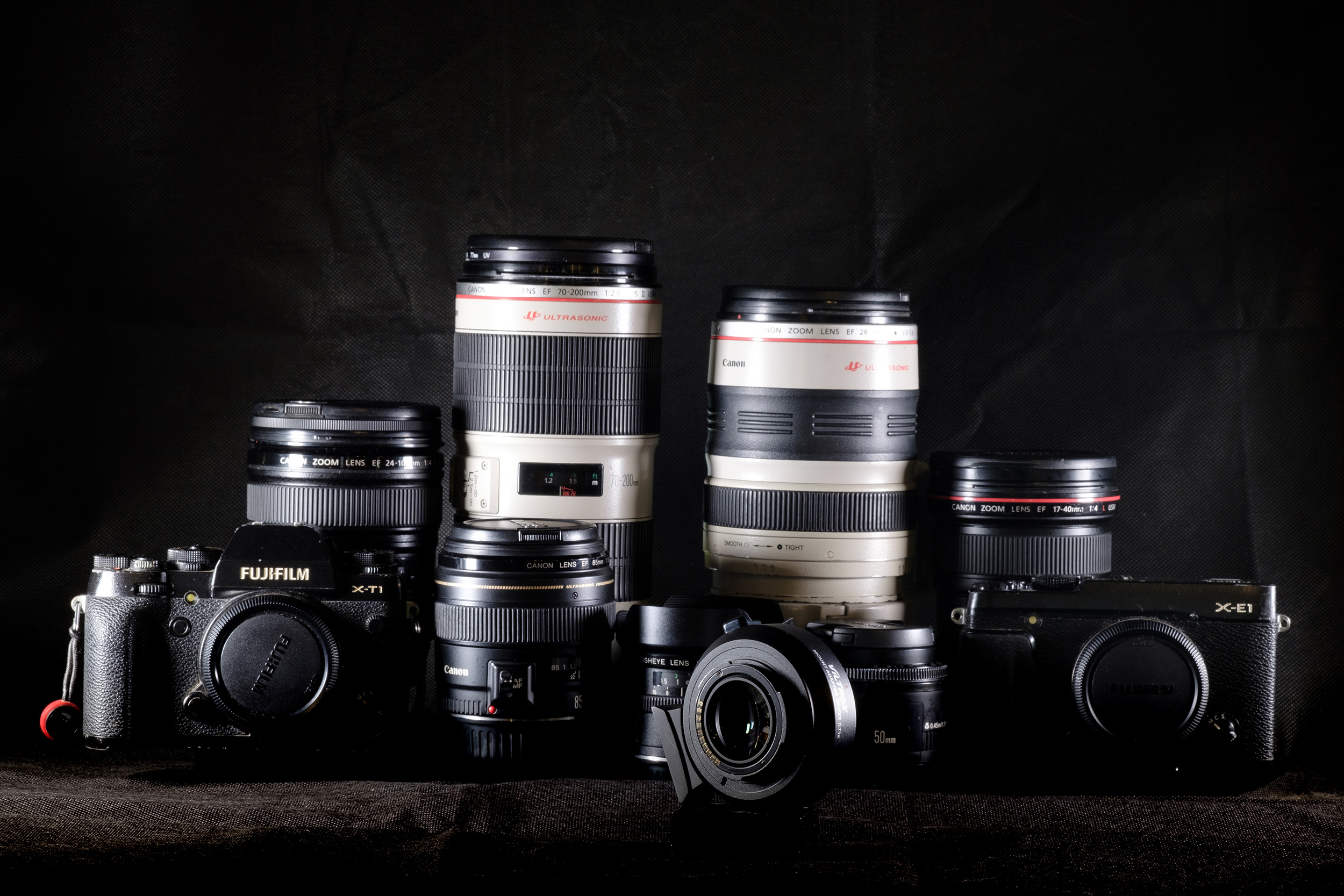In a quest to adapt Canon EX lenses to the Fujifilm X mount Steve Thomas trials the Viltrox EX-FX2 speed booster.
For some time I’d been teetering with the idea of converting my semi-redundant Canon EF lens collection to my Fuji X bodies, with my 70-200 2.8 being my prime target for a successful adaptation.
If I could get that to work well enough it would be a huge boon for me. Sadly my past experiences with convertors and third part lens partnerships had never ended amicably, and so I’d always tried to keep brand integration pure.
Eventually I caved and decided to give a Viltrox convertor a whirl, and then I suddenly came across the EF-FX2 adaptor and speed booster, for just a few more bucks (currently priced at around US$225 online), and so re-hashed my initial order.
The adaptor came neatly boxed and looked to be of reasonable build and optical quality, and so I quickly updated its firmware and set it to task, although I wasn’t really figuring on great results – especially where autofocus was concerned.
A few home test shots seemed to show pretty decent auto focus acquisition speed (of static objects) with the Canon 70-200. Unfortunately autofocus simply did not work with my 85mm 1.8 for some reason, and Viltrox seemed to strike up a turbulent relationship with it from the get go – only focussing manually at certain focal lengths and going into a flash and flicker frenzy after taking a shot, which means restarting the camera time and again to get it to work.
Being as it seemed reasonable enough with the long lens I foolishly trusted it as my long shot option for a major ultra trail running race that I was shooting a week later, and which I knew would mostly be staged in good light – I mean, what could go wrong?
Just after sunrise on race day the runners appeared on the horizon and I quick drew my old X-T1 with the adaptor and Canon long lens attached. What can I say? It simply would not grab focus. It hunted like a drunken lion with a nail in his foot. There was no time to try to manual focus, particularly not on a target moving towards me, and thus I quickly reverted to my X-T2 and trusty 18-55mm for the closer shots (which worked a treat).
Once some prime images were in the bag I reluctantly tried again – resulting in same issue. In a fast paced environment it was totally useless, making the hefty lens little more than a dead weight around my neck.
On the road between sections I switched lenses and the adaptor between the bodies, but it was the same story every time – a big fail.
Despite having found it acceptable in advance tests, when the pressure was on it just did not react. The entire race would now need to be shot on shorter and wider lenses, which worked out fine – even if frustrating.
Later in the day (having got what I needed from one location) I decided to give it one less stressful last chance, but head on it simply would not grab focus. Luckily I did manage to get a couple of shots out of it by grabbing manual focus in advance and hoping that the following runners would take that exact same line, which a few did. After that I retired the Viltrox to the “bad box” for 8 months, and vowed never again to trust such a contraption.
The situation was something that would occasionally and randomly come to haunt a fleeting moment during a sleepless night, and so this week I decided to sit down again with the convertor for to debrief on what went wrong. I wanted to see if I’d simply wasted money and put trust into an unreliable gadget, or if I was somehow missing some key element of functionality.
Being both an autofocus speed booster and lens convertor the EF-FX2 comes with it own optics and electronic coupling. It sits between the body and lens and effectively alters the conversion factor between the full frame Canon lenses and the sensor and offers an extra stop of light in with the deal (converting the 85mm f1.8 Canon lens to a 90mm f1.3 35 mm equivalent – about the same focal length as the Fuji 60mm).
Having switched back and forth between various Canon lenses I find that it reacts rather erratically on some, but works okay on most. The autofocus is pretty lapse, to say the least. I’ve since concluded that in order to get it to autofocus you first need to take a deep breath and be patient. If (like in most situations) you hold the shutter release or a back button and hope to grab focus you’ll be struggling; you’re better off to press and then release the button, this is when it seems to work its less than impressive magic by going in and out of focus and then eventually grabbing it. This is pretty well useless in any high-speed situation.
There is focus peaking, and manual focusing does work, although what’s the point in this adaptor if you don’t at least want the autofocus to perform on a fair number of occasions?
As for image quality? From what I’ve seen you do lose some sharpness and punch, especially around the edges, and with many of the adapted lenses there is also an unpleasant dark vignette to the corners.
On the plus side, you do gain an extra stop of light, which does help with shooting in low light and also with adding more depth of field. This means that you can work with lower ISO at times, and also be creative with portraits and other images where you really want to blur the background.
Was it worth the money and the frustration? For me that’s a no. That said, now that I do have it I will use it on occasion, for specific shots – when I have the time to. You may well be able to find a second hand one at a good price, which could well be worth a stab at if you do have a collection of Canon lenses gathering dust, although maybe a straight cheap convertor would be a better choice for most.



